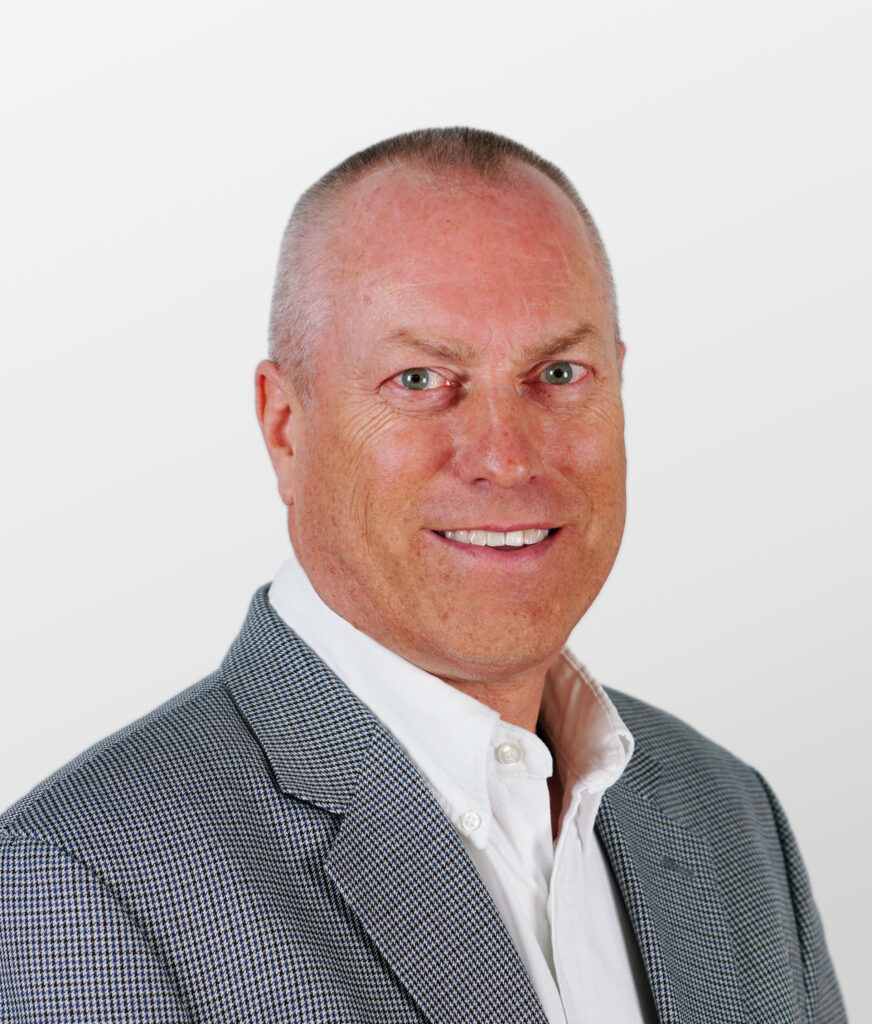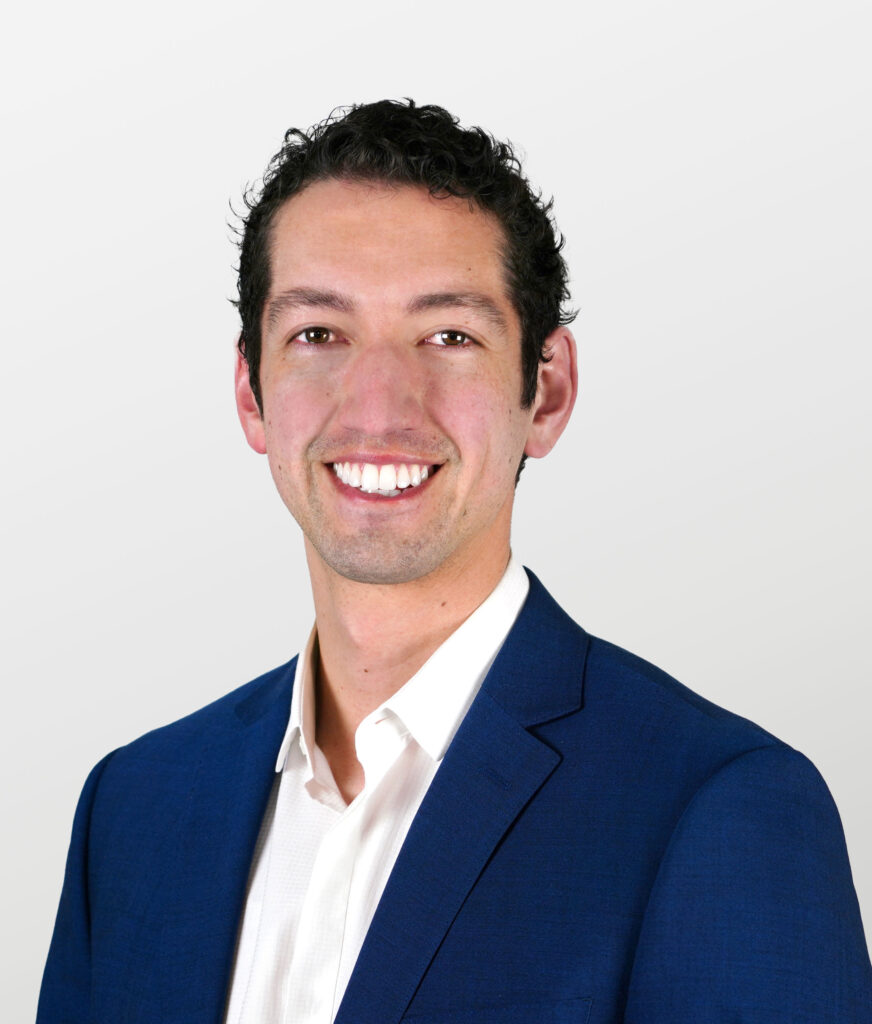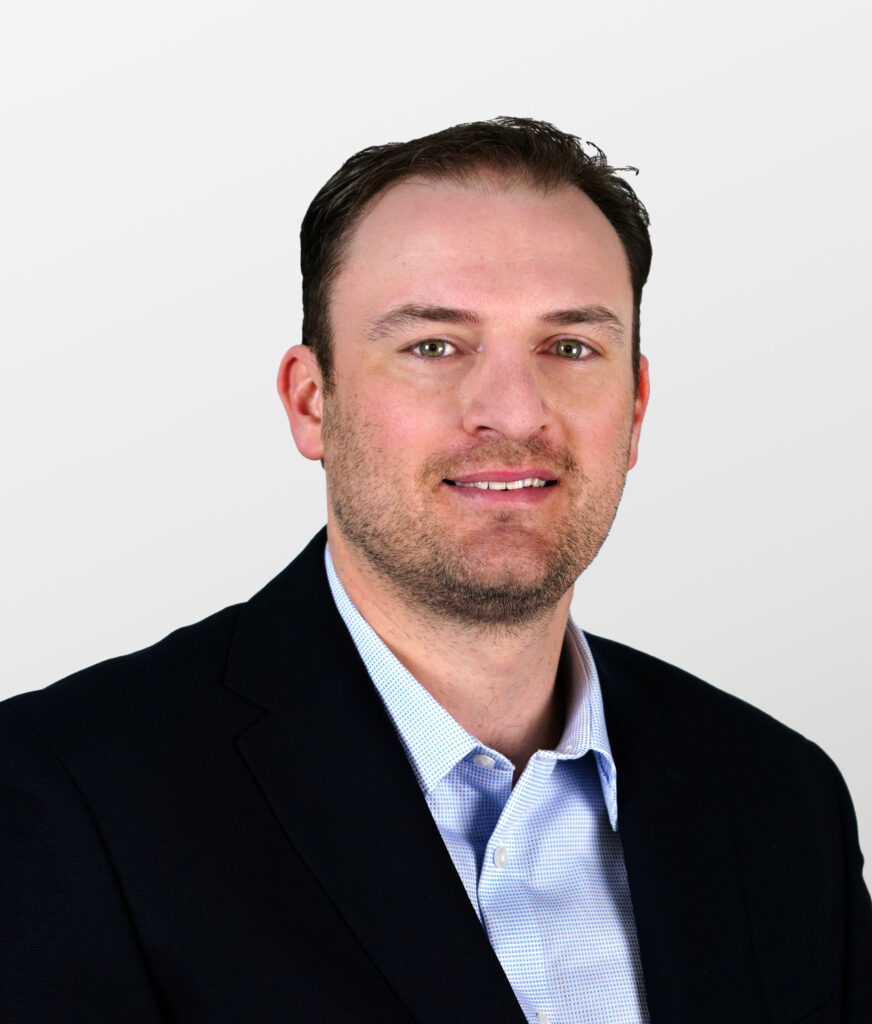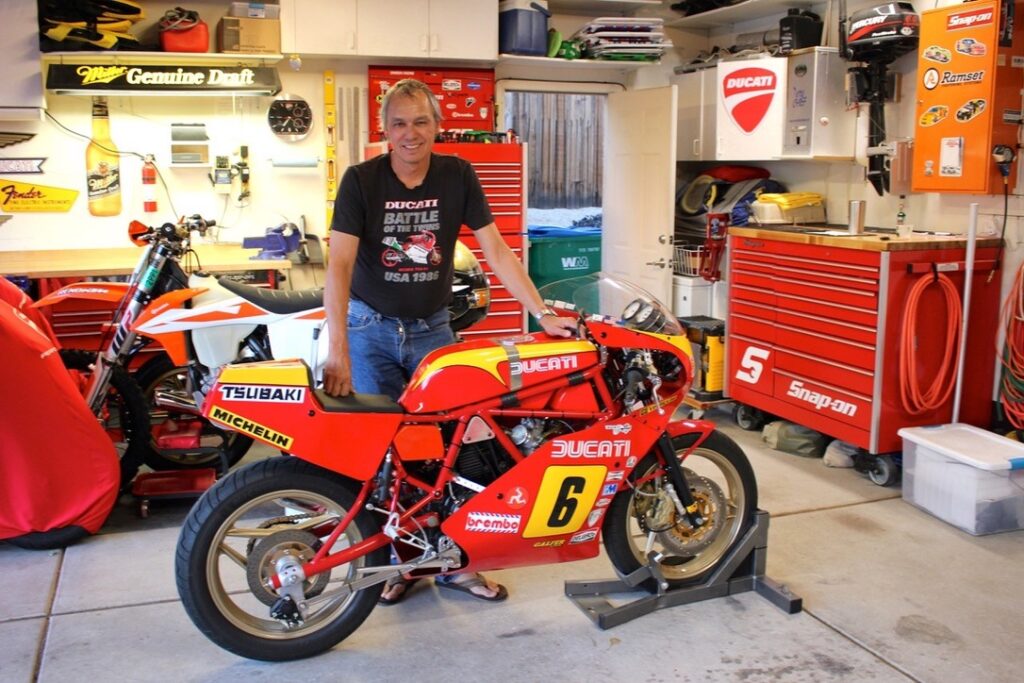78. EXPERIENCE AND PRACTICAL CONSIDERATIONS IN THE DESIGN OF VISCOUS DAMPING
This paper describes how viscous dampers work, and how they significantly reduce seismic excitation in structures.
This paper describes how viscous dampers work, and how they significantly reduce seismic excitation in structures.
The spring-damper isolators described in this paper were used on the world’s largest cable stayed bridge – the Sutong Bridge over China’s Yangtze River, completed in 2008. The Sutong Bridge is located north of Shanghai in China’s Jiangsu Province at a site where catastrophic earthquakes, typhoons, and ship impact are key design issues. The total length of the bridge is 4.7 miles, with a .67 mile long center span. The tall support towers of this bridge and the long support cables create long period motions along the primary axis of the bridge. The need to accommodate thermal expansion and contraction of the deck axially means that extensive motion can occur in this direction. The configuration of the bridge permits large axial motion of the suspended deck during earthquakes, typhoons, and synchronized truck/car braking loads such as would occur during a mass vehicular accident on the bridge. During dynamic earthquake loading, the long period of the suspended deck provides inherent isolation, albeit essentially undamped. Analysis indicated that added viscous damping would reduce deck motions substantially. During other events like typhoons and vehicle loading, analysis determined that the most cost-effective solution was to incorporate a snubbing type spring element that would only engage (become active) when the damper was approaching its end of travel in either extension or compression. The spring-dampers on this bridge have only damping forces for roughly 85% of the available displacement from the neutral (center of travel) position. Beyond this travel the spring element engage and a combined response of spring plus damper forces results. Essentially, the spring elements are “gapped” through all but approximately the last 15% of the damper stroke in either direction.
The new 57 story Torre Mayor Building is the now the dominant structure in the Mexico City skyline. It is also the first tall building to utilize large Fluid Viscous Dampers as a primary means of seismic energy dissipation. A total of 98 dampers are used, including 24 large dampers, each rated at 570 tonnes of output force, located in the long walls of the building. The short walls utilize 74 smaller dampers, each rated at 280 tonnes of output force. The damping technology successfully implemented for Torre Mayor is now being used on five other tall buildings, including three in the USA, and two in Japan.
This paper presents the nonlinear seismic analysis, development, and implementation of an innovative seismic retrofit strategy for a six story nonductile reinforced concrete 145,000 square foot historic building. Dynamic and nonlinear static analytical results verified that the building had a weak soft story with inadequate post yield capacity and large torsional response. Hotel Stockton, in Stockton, CA, is also torsionally irregular. The analysis indicated that the existing building was not seismically adequate to withstand anticipated lateral forces generated by earthquake excitations at the site. A “collapse prevention” performance upgrade for a 475-year return event was developed. Nonlinear fluid viscous dampers were placed at the first story level to reduce the seismic demand and obtain a more uniform response. Viscoelastic fluid viscous dampers were strategically placed at one side of the building to reduce the torsional irregularity of the building. This cost effective retrofit significantly improved the seismic performance of the building.
This paper presents an earthquake design procedure and a case study of the Vacaville Police Headquarters. The design goal for this essential facility was to provide immediate occupancy after a 475-year return seismic event. The project also required construction cost within typical code conforming buildings. A combination of Special Moment Resisting Frames (SMRF) and Fluid Viscous Dampers (FVDs) was used as the lateral force resistance system. This system, as described by Gimmel, Lindorfer, and Miyamoto, (2002) results in cost efficiency and superior seismic performance. The 2000 NEHRP (FEMA, 2000) guideline was used to design the project, since it is considered to be a state-of-art procedure for seismic damping devices. This project was the first structure in the United States to use this advanced procedure.
Viscous dampers can protect structures against wind excitation, blast and earthquakes. Viscous damper technology originated with military and aerospace applications. Approximately 20 years ago it was found that the same fluid viscous dampers that protect missiles against nuclear attack and guard submarines against near miss underwater explosions could also protect buildings, bridges and other structures from destructive shock and vibration. This paper describes fluid damper technology, analysis considerations, installation methods and development work in progress.
The paper describes “virtual isolation” for buildings with one or more soft stories. Using the 1999 SEAOC Blue Book (SEAOC, 1999) recommendations for passive energy dissipation, the building’s Lateral Force Resisting System (LFRS) is designed for strength requirements only, resulting in a relatively flexible LFRS, while Fluid Viscous Dampers (FVD) are incorporated to limit story drifts to acceptable levels. There are many benefits to this “virtual isolation” system. With the elimination of the maximum drift requirements, the moment frames are substantially lighter than a traditionally framed building, thus lowering the structural steel cost of the LFRS. The long period structure also produces significantly reduced forces in the foundation elements. Velocity and displacement are reduced significantly through the use of the FVDs, which protects the sensitive contents of the building. These benefits lead to a reduced response resulting in an enhanced performance level during a major seismic event.
The end of the Cold War in 1990 heralded a restructuring period for the American military and defense industry. In the civil engineering field, high capacity fluid dampers have transitioned from defense related structures to commercial applications on buildings and bridges subjected to seismic and/or wind storm inputs. Because fluid damping technology was proven thoroughly reliable and robust through decades of Cold War usage, implementation on commercial structures has taken place very quickly. This paper provides a broad overview as well as a guide to implementation; with specific case studies for four of the more than 300 major buildings and bridges equipped with fluid dampers by Taylor Devices, Inc., a defense contractor from the Cold War years.
A series of shake table tests on an isolated bridge model included low and high damping elastomeric isolation systems, and low damping elastomeric systems with added linear and nonlinear viscous dampers. Each of these configurations could withstand much stronger seismic excitations than the non-isolated configurations. A set of low intensity tests was conducted to form a basis for comparison with the non-isolated configurations and also to test the effectiveness of these systems under low intensity excitation. The results of these tests are presented, followed by a discussion of the effects of scragging, the benefits of seismic isolation, and the significance of damping, the importance of added damping in near source seismic excitation and on the benefits and drawbacks of using nonlinear viscous damping.
This article from Bridge Builder magazine shows how Taylor Devices dampers reduce seismic response of bridges.

Program Manager – Structural Products
Running 5k and Half-Marathons, Snow-Skiing, Boating and Slalom Waterskiing, Mountain Biking, Hiking, Kayaking and Canoeing, Camping, Sport-Bike (Motorcycle) Riding, and Craft-Beer “tasting”. Winter weekends are spent coaching Downhill Ski Racing to youths.









